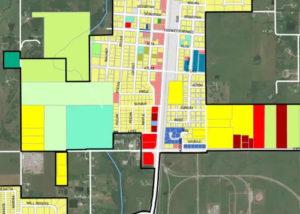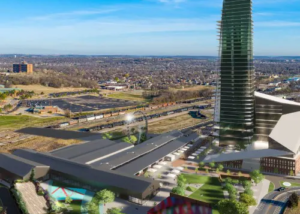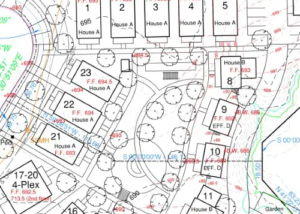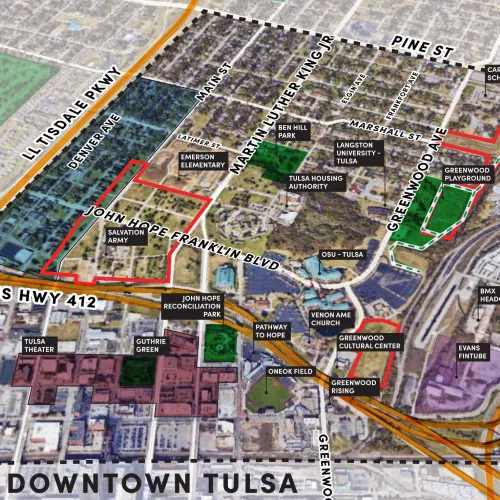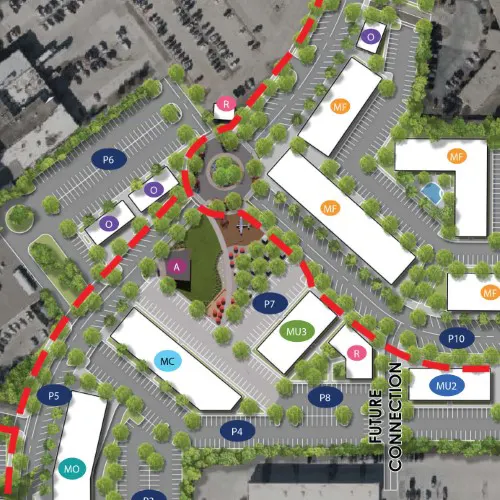TSW’s Tulsa Oklahoma Office will broaden the architecture, planning, and landscape architecture firm’s presence in the central region of the U.S., building on established client relationships in Arkansas, Oklahoma, Texas, and other nearby states.
Tulsa is a vibrant city in Oklahoma that has a rich history of urban planning and landscape architecture. The city’s planning and landscape have evolved over the years, resulting in a unique and diverse urban environment that is both beautiful and functional.
One of the most significant influences on Tulsa’s planning and landscape was the work of the noted landscape architect, Jens Jensen. Jensen was instrumental in designing several parks and public spaces in Tulsa during the early 20th century, including Woodward Park, Mohawk Park, and the Tulsa Garden Center. Jensen’s designs were characterized by their naturalistic approach, incorporating native plants and materials to create a sense of place that was rooted in the local environment.
Another important figure in Tulsa’s landscape history was the city’s first parks commissioner, A.H. Chamberlain. Chamberlain oversaw the development of many of Tulsa’s early parks, including Central Park, which was designed by the famous landscape architecture firm, the Olmsted Brothers. Chamberlain was also responsible for the creation of the Tulsa Municipal Rose Garden, which is now considered one of the finest rose gardens in the country.
In recent years, Tulsa has continued to prioritize planning and landscape design as key elements of the city’s development. The city has embarked on several ambitious projects, including the Gathering Place, a 66-acre park that was designed by the world-renowned landscape architecture firm, Michael Van Valkenburgh Associates. The Gathering Place features a wide range of amenities, including playgrounds, gardens, water features, and a skate park, and has quickly become one of Tulsa’s most popular destinations.
In addition to the Gathering Place, Tulsa has also invested in the development of the Arkansas River Corridor, a 26-mile stretch of parkland and trails along the Arkansas River. The riverfront project includes extensive landscaping and the construction of new parks, bridges, and other amenities, all designed to enhance access to the river and promote outdoor recreation.
Overall, planning and landscape design have played a significant role in shaping the character and identity of Tulsa. The city’s commitment to creating beautiful and functional public spaces has helped to make Tulsa a desirable place to live, work, and play, and has contributed to the city’s continued growth and development.

